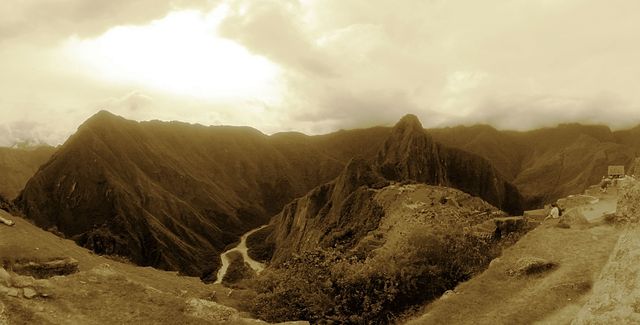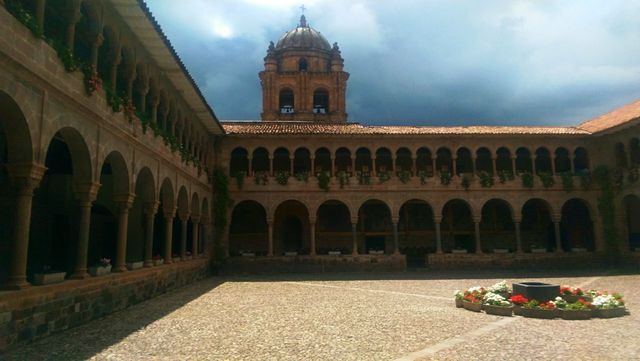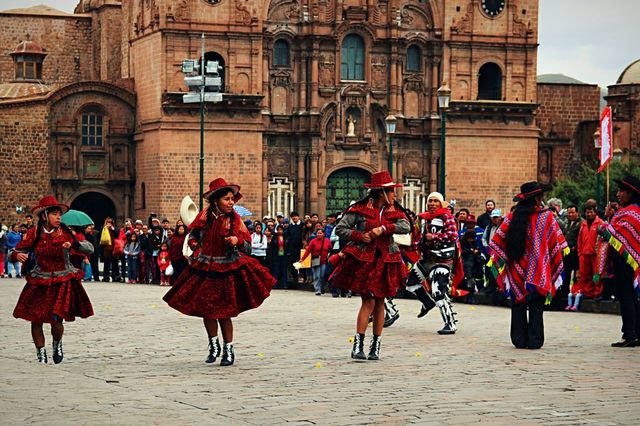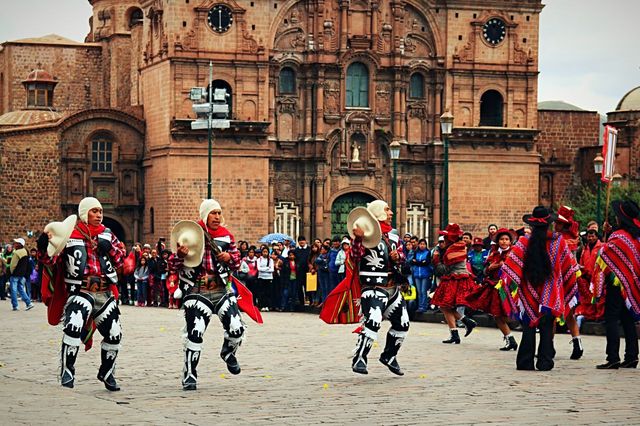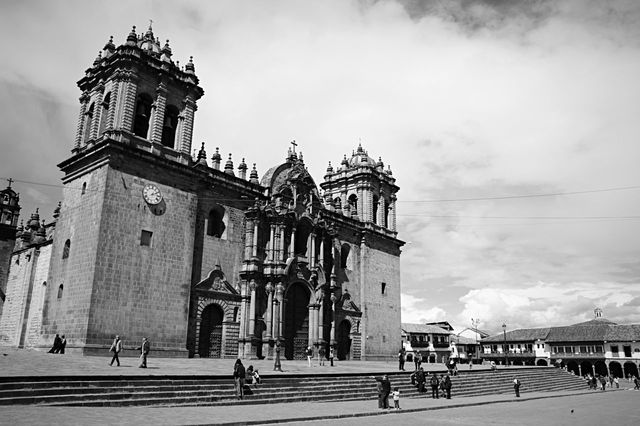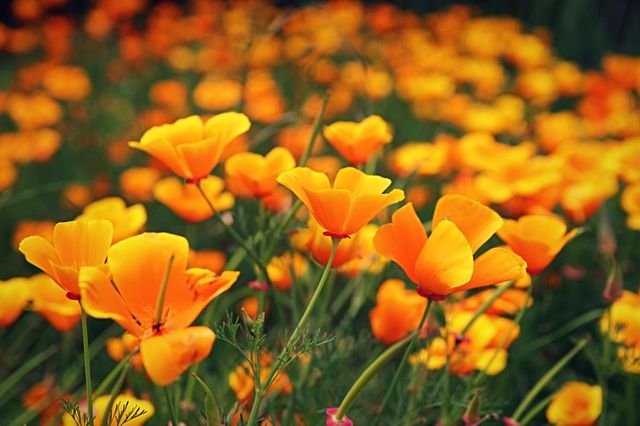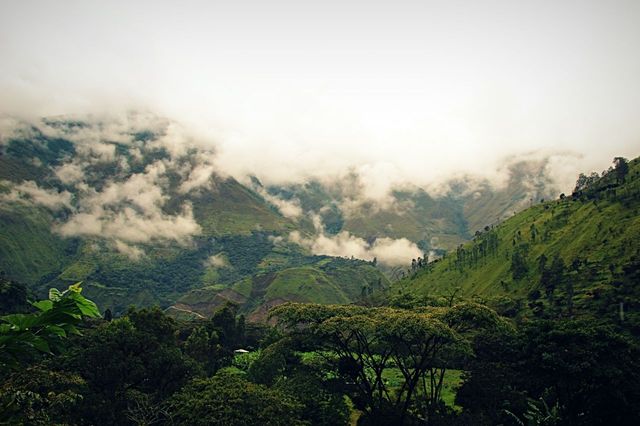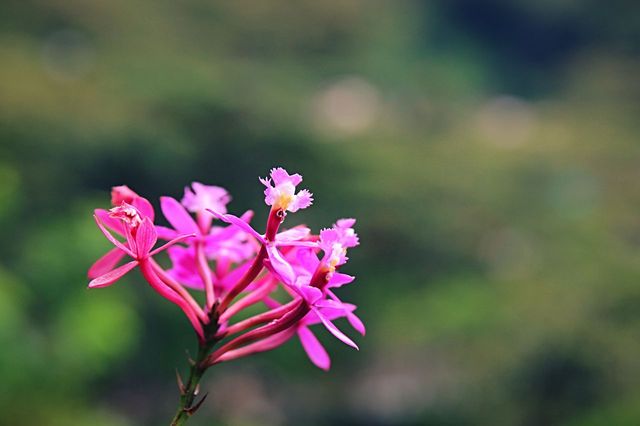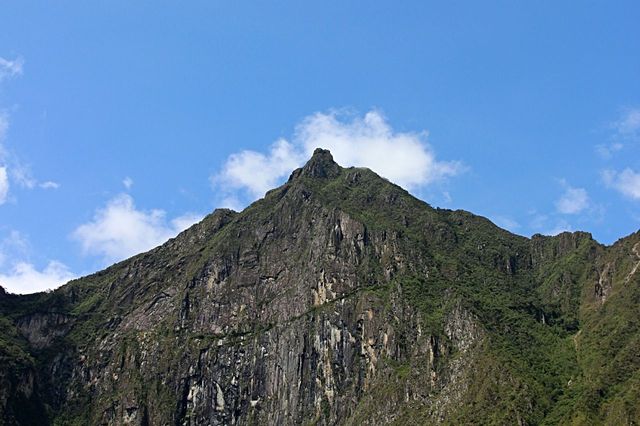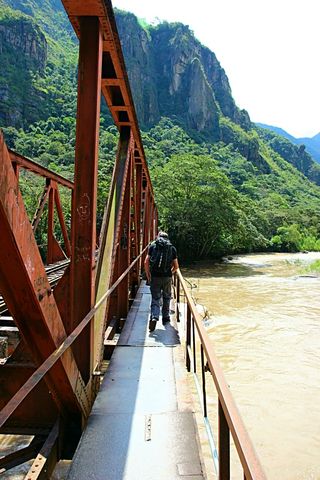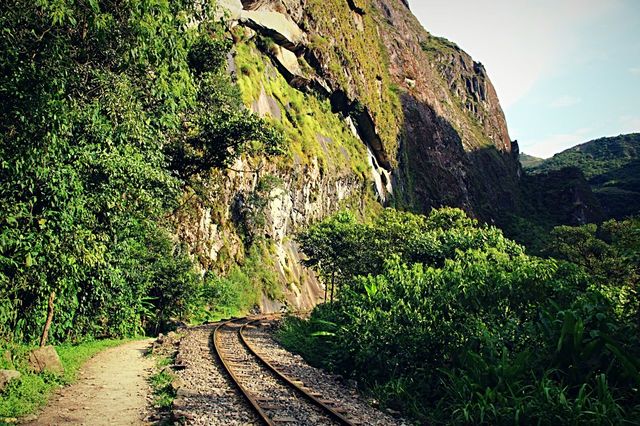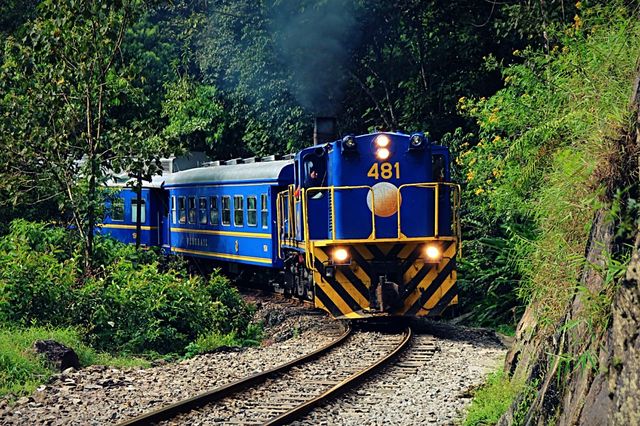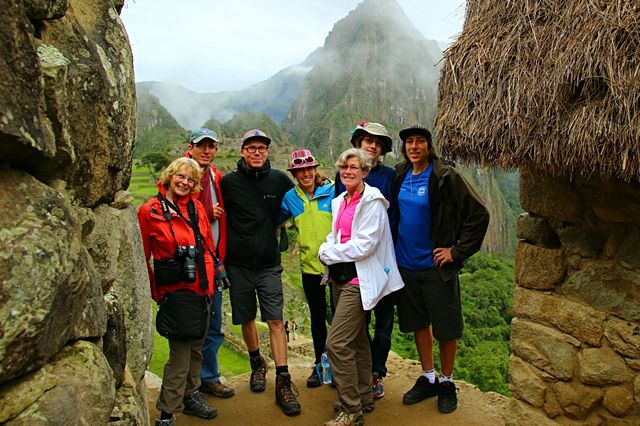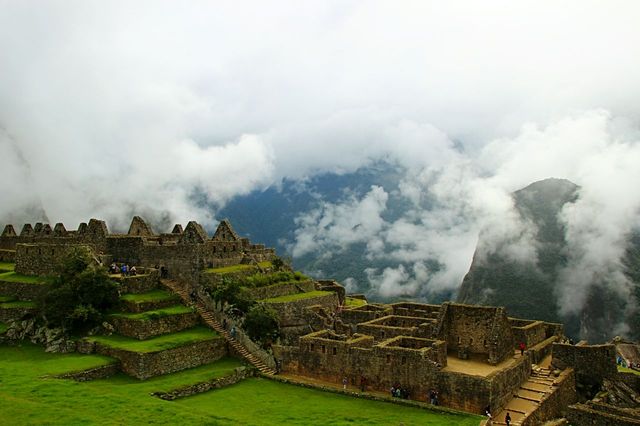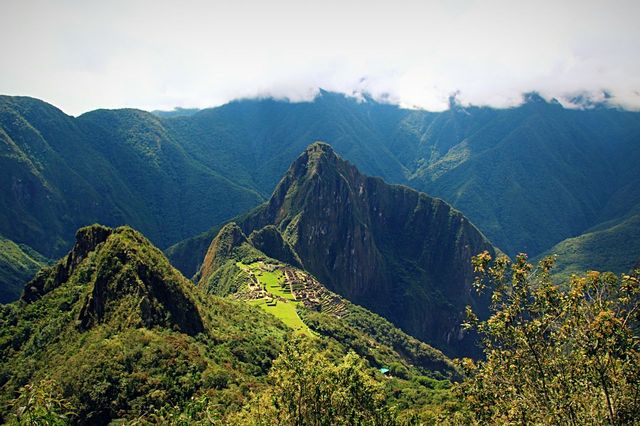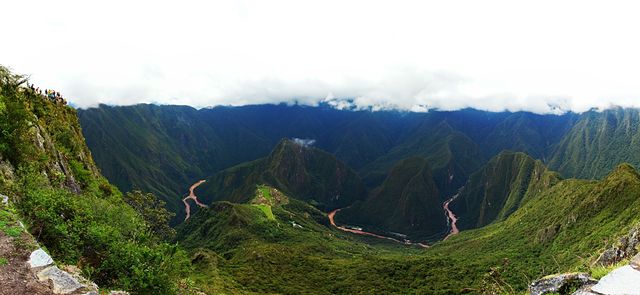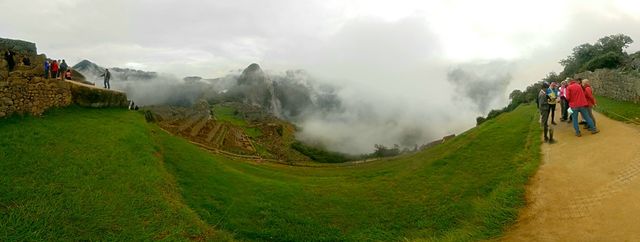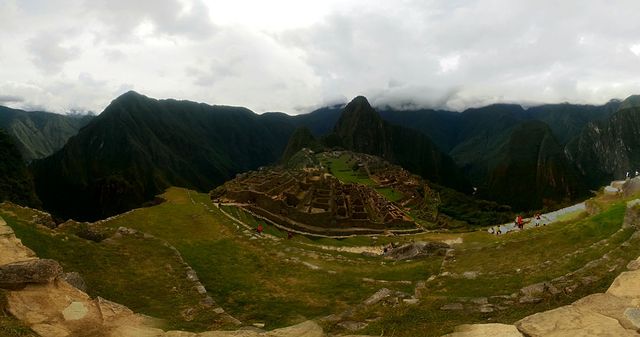Cusco and Machu Picchu - Following in the Footsteps of the Inca
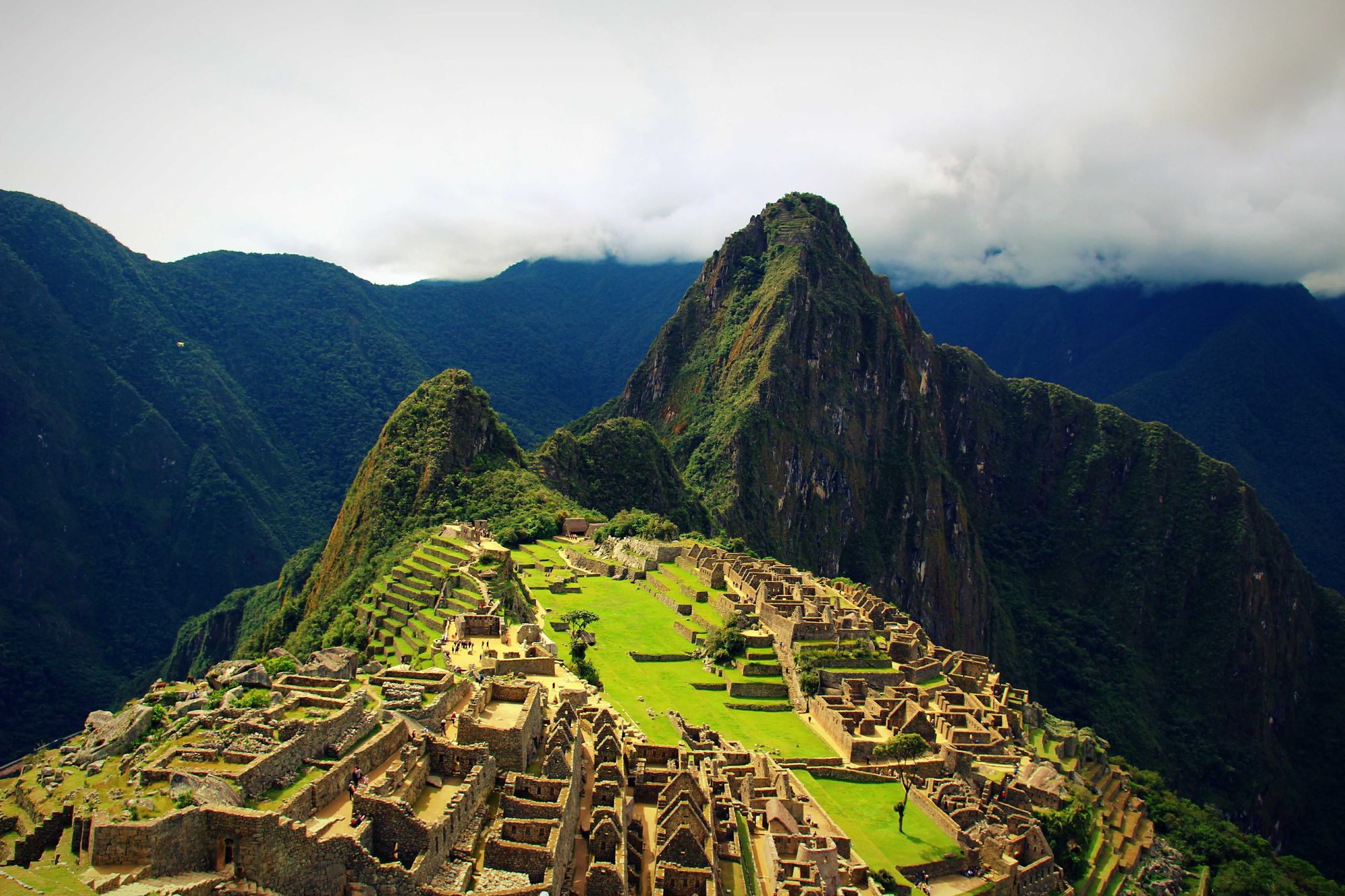
The first "proper" (Puno doesn't count) stop on my travels through Peru was the city of Cusco, the starting point for every tour to Machu Picchu, I opted for a three-day tour called "Backdoor Machu Picchu". Surely the highlight of every visit to Peru, and probably also of every visit to South America, the world famous Inca site was one of the most anticipated stops of my trip. Though at one point I was asking myself, if following the Gringo trail will make me truly happy, and I played with the thought of skipping it overall. I'm glad I decided against it.
I stayed almost five days in Cusco. There is a lot to see in the former capital of the Inca Empire, but there are also a lot of tourists, so if it was the former capital of the Inca Empire, by now it is the capital of tourism in Peru. Nevertheless, the city is really beautiful and I got to tick of some of the must see sights, among them:
- Qorikancha - Was once the most important temple of the Inca Empire and got completeley destroyed by the Spanish colonists. They built the Convent of Santo Domingo on the foundation.
- Plaza de Armas - The central square where all the action happens and where the main cathedral is located.
- Streets, Buildings and Churches - Among them: Hatun Rumiyuq, Arc of Barrio de Santa Ana, La Catedral, Templo de San Blas, Templo de San Cristobal, and so on and so forth. The UNESCO declared Cusco a World Heritage Site in 1983 because of the amount and quality of streets, buildings and churches of pre-Columbian and colonial times.
- San Blas - This nice district boasts with lots of small hidden shops and cafés as well as beautiful views over the city.
- And the Rest - Cusco has even more to offer (not just history), e.g. the Museo del Pisco (weeew), the Choco Museo, the Bodega 138 (a restaurant serving lots of Cerveza Artesanal), the Pisco Piano Bar, and much more.
Feeling quite comfortable and relaxed after those five days in Cusco I was ready for Machu Picchu. I went with one of my favourite tour organizers, Gravity, which I already knew from La Paz in Bolivia, remember the World's Most Dangerous Road also known as Death Road? See here or here.

- Day I started with a bus ride to one of the main towns in the Sacred Valley, to Ollantaytambo. From there we headed up the mountains, turning ninety degrees to the right, away from Machu Picchu. "We" refers to a group of eight tourists, plus guide and driver. A lot of switchbacks later we arrived at a pass which crosses the Willkanuta mountain range. From there it was a nice ~65 kilometer mountainbike downhill ride to Santa Maria (the blue track). After a well deserved beer we continued our trip by bus to Santa Teresa, where we reached our first overnight stay. The hot springs in Santa Teresa were the perfect end to a perfect first day.
- Day II started similar than Day I, with a bus ride, this time from Santa Teresa to Hidroeléctrica. So to say we were sneaking up on Machu Picchu. From Hidroeléctrica it was a nice ~10 kilometer hike (the pink track) to the second overnight stay, and the final stop for everyone who wants to climb Machu Picchu: Machu Picchu Pueblo or Aguas Calientes.
- On Day III we finally got to climb up to Machu Picchu. After an excellent guided tour we were on our own to explore the site. I had a ticket for the Machu Picchu Mountain and I was able to get some shots without clouds from up there. After that it was pretty straightforward: down to Aguas Calientes by bus, then by train to Ollantaytambo and finally back to Cusco.
The Machu Picchu experience is truly breathtaking. In the midst of an impenetrable jungle lies this fallen Inca city, surrounded by either cliffs of up to 500 meters or even higher mountains (the city sits in a saddle between Machu Picchu and Huayna Picchu Mountain). But there is a bitter aftertaste: lots of tourists. Machu Picchu gets overrun by international tourism, with all its pros (World Heritage Site and protected by the UNESCO) and cons (lots of tourists and thus capacity regulations, high prices, enviromental consequences, and so on). Certainly something which could be discussed for hours and hours.


